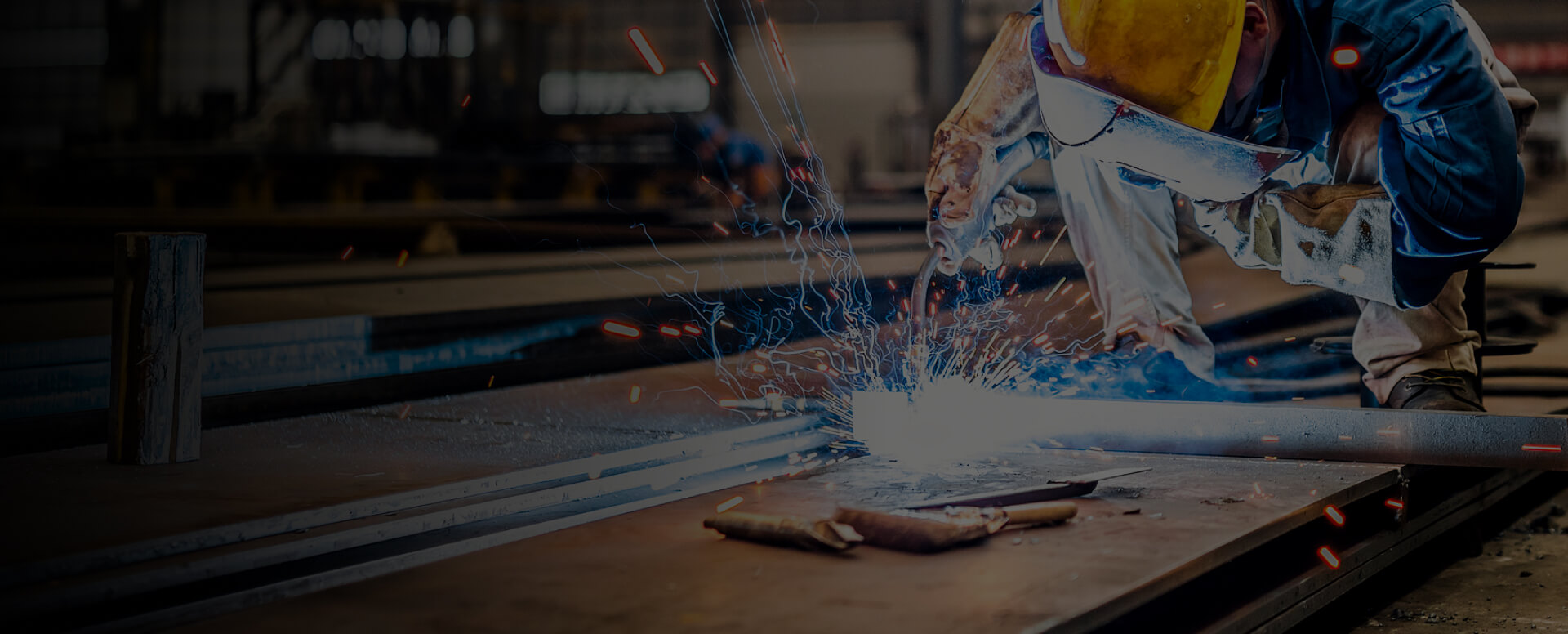
Plasma welding is widely used in industries such as aerospace, automotive, and electronics due to its ability to deliver precise and high-quality welds.
History and Development of Plasma Welding
The quest for effective material joining has driven innovation for centuries. Welding, in its many forms, has been fundamental to engineering and construction. Plasma welding represents a recent advancement, offering a blend of accuracy and efficiency that meets the demands of modern manufacturing.
Evolution of Welding Processes
Early metal-joining techniques date back to ancient civilizations. From the forge welding methods of blacksmiths to today's advanced technologies, welding has played a vital role in industrial progress.
Bronze and Iron Ages: Early techniques involved heating metals to a malleable state and hammering them together.
The Middle Ages: Blacksmiths commonly used forge welding to join metal pieces.
19th Century: The Industrial Revolution spurred the development of electric arc welding.
Early 20th Century: Oxy-acetylene welding gained popularity.
Emergence of Plasma Welding
As industries demanded higher precision and cleaner welds, plasma welding emerged in the 1960s as a leading method for many applications.
What is Plasma? Often referred to as the "fourth state of matter," plasma is a superheated ionized gas.
Development of the Plasma Torch: Designed to meet needs for deep and precise welds—especially in aerospace—the plasma torch uses a copper nozzle to constrict the arc, producing a more focused and hotter energy source.
Advantages Over Conventional Welding: Plasma welding offers greater precision, a smaller heat-affected zone, and reduced distortion, making it ideal for delicate operations.
How Plasma Welding Works
Although often compared to TIG welding, plasma welding operates on unique principles centered around a constricted arc between a non-consumable electrode and the workpiece, creating a column of superheated ionized gas.
Key Components and Equipment
A typical plasma welding setup includes:
1. Power Source: Delivers a constant current for stable welding conditions.
2. Torch: Holds the tungsten electrode, cooling mechanism, and constricting nozzle.
3. Shielding Gas: Usually argon, to protect the weld from atmospheric contamination.
4. Control System: Automatically adjusts current, gas flow, and arc ignition.
Plasma Arc Formation
The process of forming the plasma arc involves:
1. Ignition: A pilot arc is created between the electrode and nozzle, ionizing the gas.
2. Transfer to Main Arc: When the pilot arc touches the workpiece, the main arc forms.
3. Stability: The plasma arc remains focused and stable, enabling deep penetration and high precision.
Plasma Welding vs. TIG Welding
While both use a non-consumable tungsten electrode, key differences include:
Arc Concentration: Plasma welding produces a more focused and hotter arc.
Heat Input: Higher energy density allows faster speeds and deeper penetration.
Torch Design: Plasma torches include a constricting nozzle.
Applications: Plasma is better suited for micro-welding and precision tasks; TIG is more versatile and general-purpose.
Applications of Plasma Welding
Aerospace Industry
Used for engine components, airframe assembly, and spacecraft manufacturing, where precision and reliability are critical.
Automotive Manufacturing
Applied in exhaust systems, electronic sensors, and body panels for clean and durable welds.
Electronics and Semiconductor Production
Perfect for micro-welding chips, connectors, and sensitive electronic components.
Medical Device Manufacturing
Ensures high-quality welds for surgical tools and implants where failure is not an option.
Jewelry and Art
Preferred by artisans for detailed work on precious metals without damaging the material.
Advantages and Limitations
Benefits of Plasma Welding:
Superior precision and control
Deep penetration at lower currents
Minimal distortion and small heat-affected zone
Versatility across metals, including stainless steel and titanium
Cost efficiency over the long term due to reduced rework
Challenges:
1. High equipment cost
2. Requires operator skill and training
3. Not always suitable for thick materials or outdoor use

